INTERIOR AND EXTERIOR PARTS
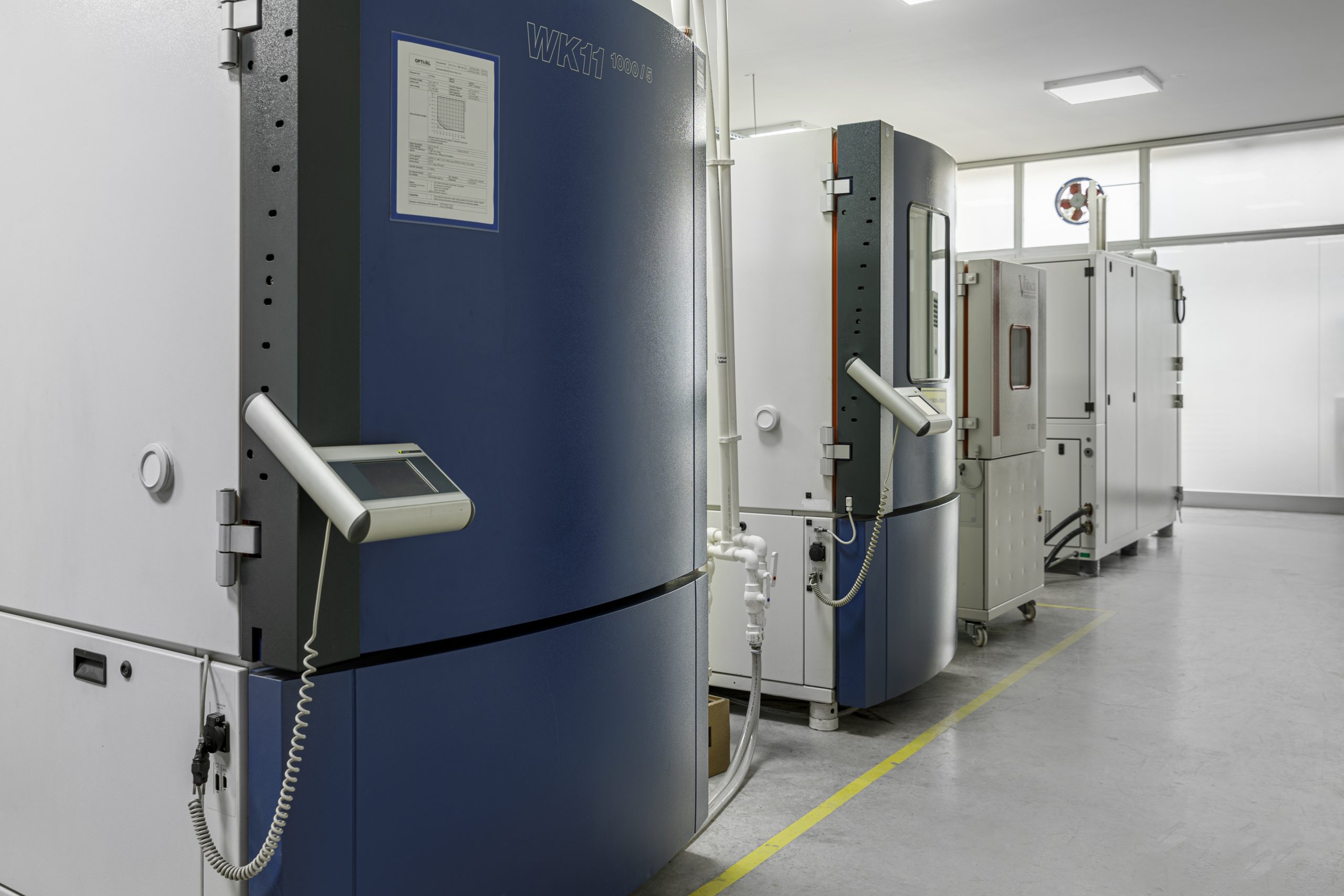
By simulating the weather conditions (heat, cold, humidity, etc.) that interior or exterior parts may encounter over time, the resistance of the cards to this environmental stress is observed.
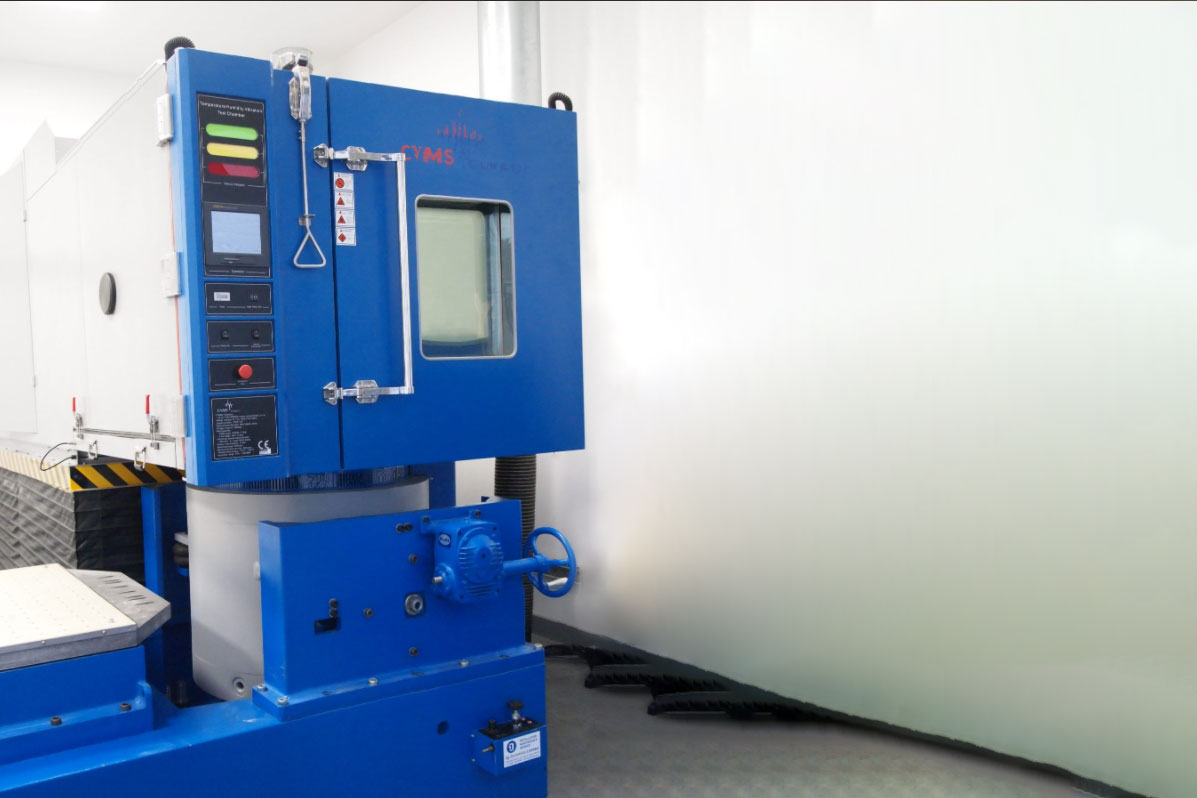
Interior and exterior parts are tested under certain frequency and temperature conditions in order to simulate the vibration factors that these will be exposed to over time and to observe the resistance of the cards to these factors.
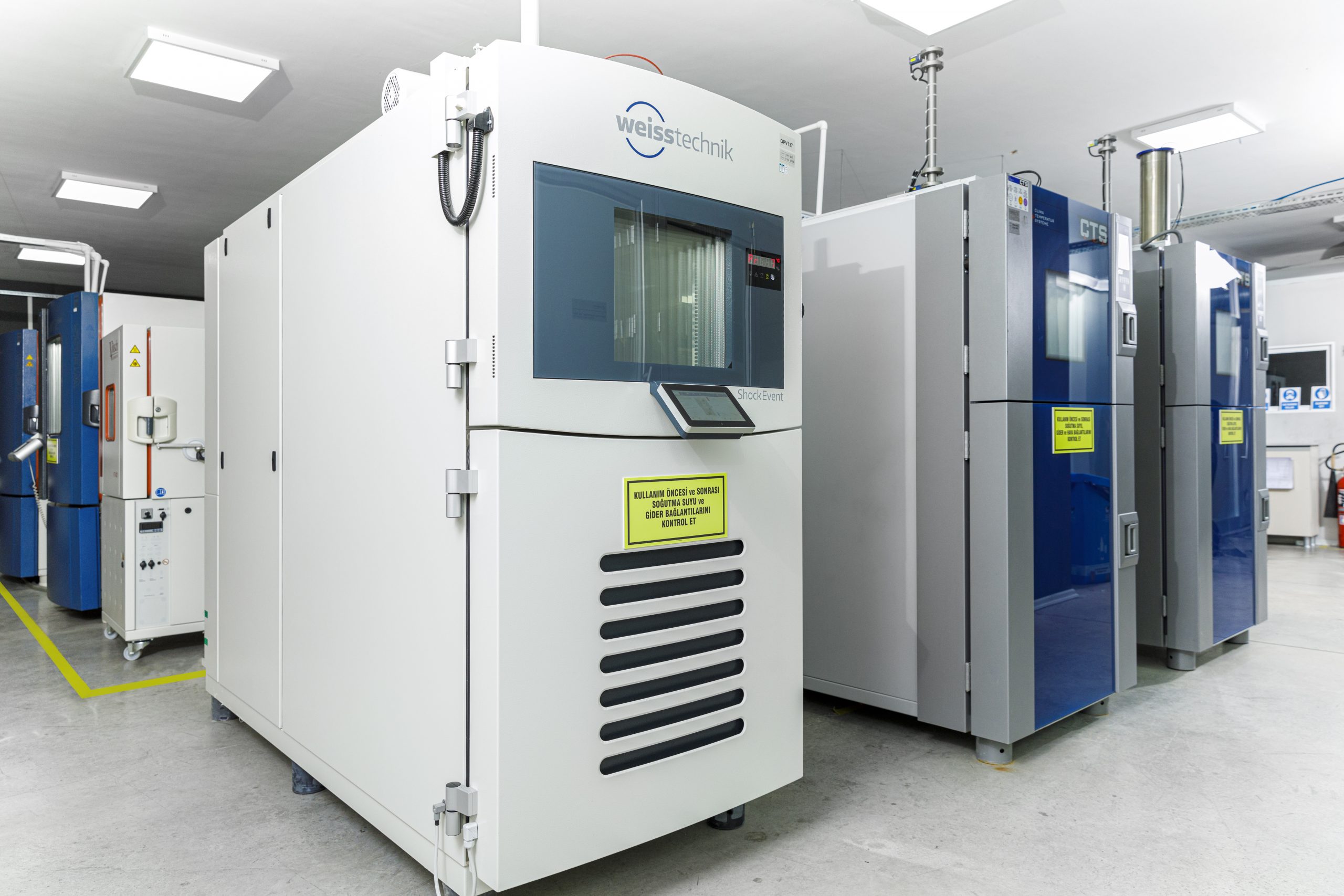
In order to observe the sudden temperature effects on interior or exterior parts, tests are applied at the number of cycles determined in thermal shock cabinets.
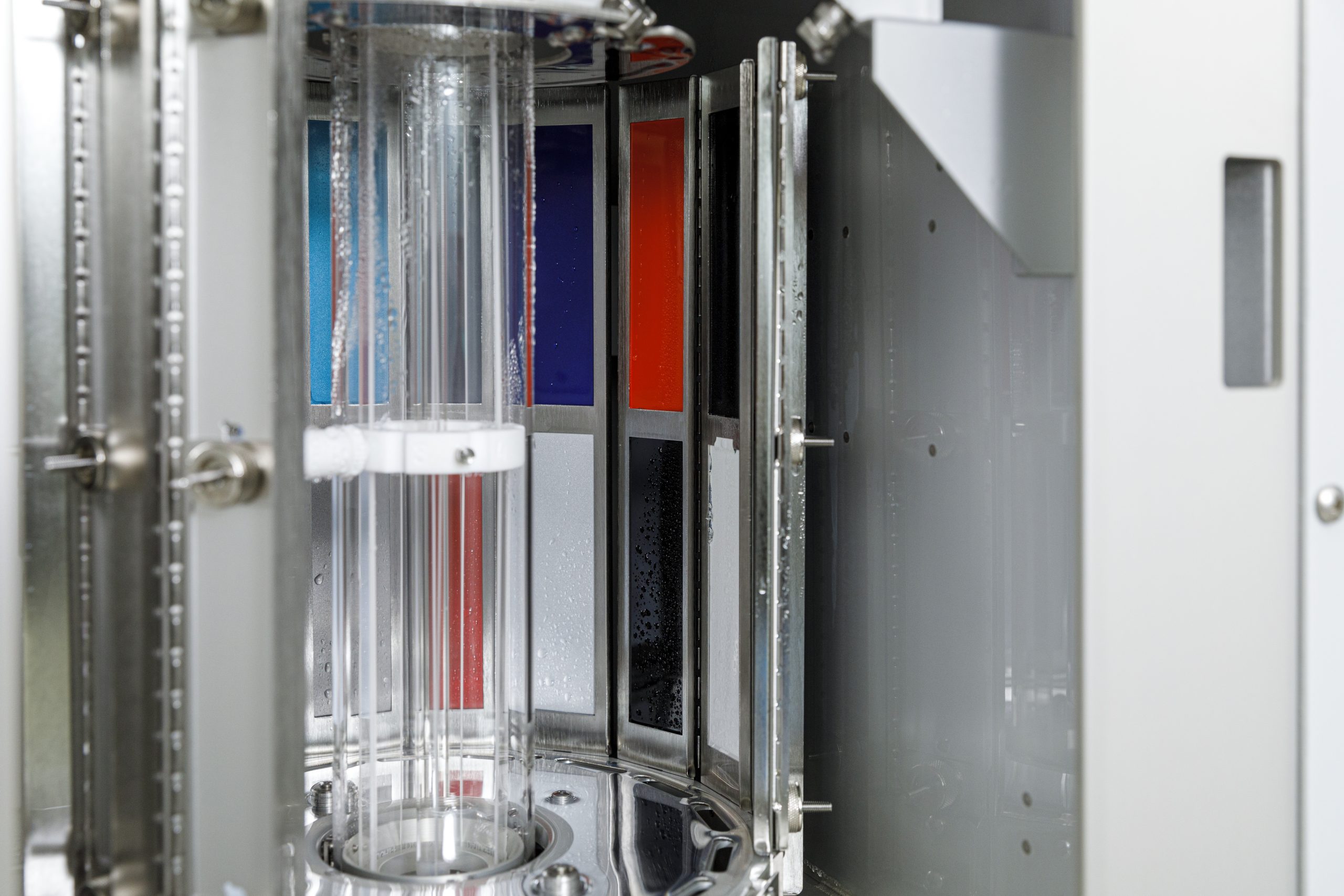
Weathering tests are applied in order to simulate the effects of sunlight, rain, humidity and temperature that the interior and exterior parts of the vehicle may be exposed to.
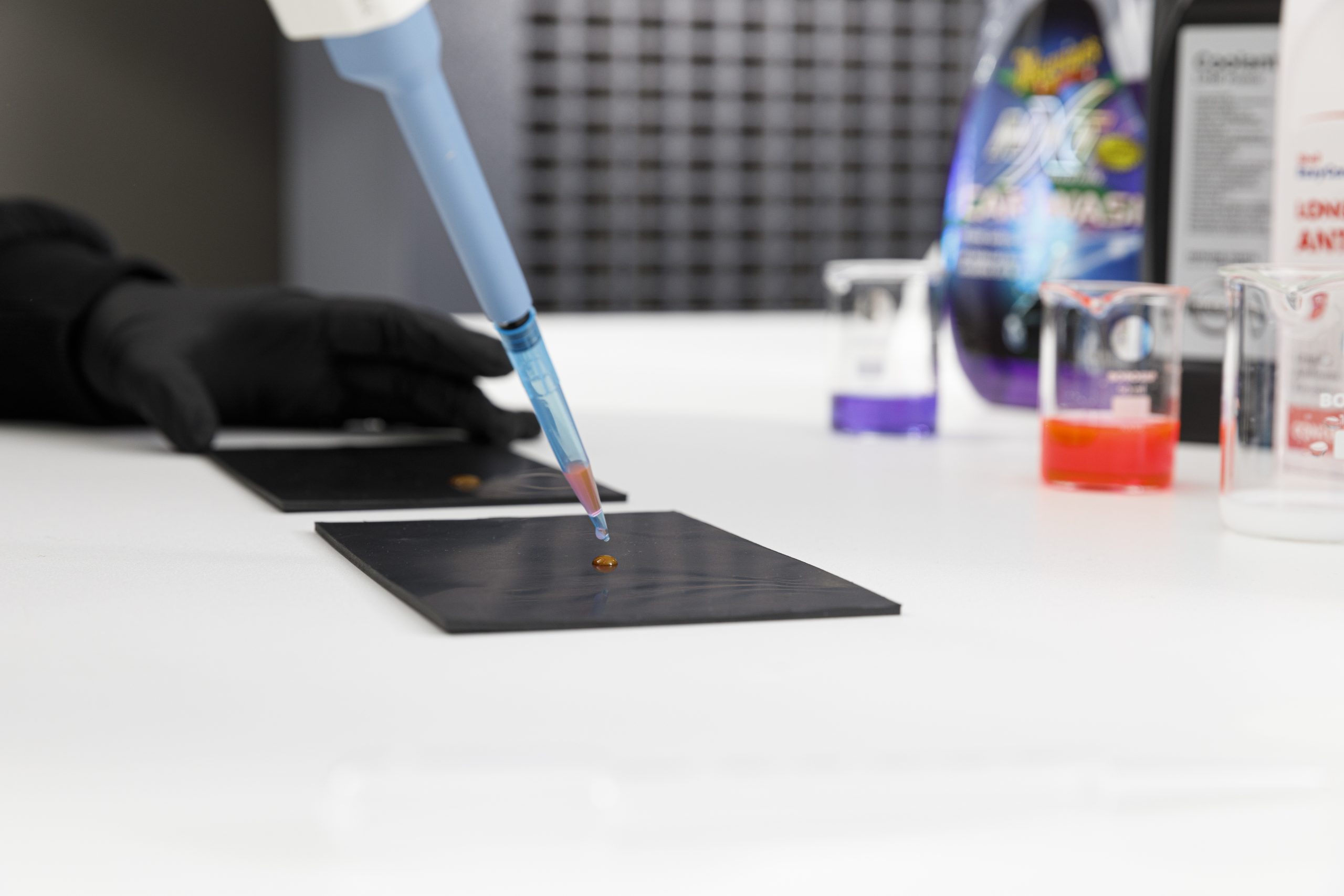
The resistance of interior and exterior parts against physical deterioration that may occur as a result of possible or long-term exposure to chemicals such as automobile liquids, cosmetics, cleaners and beverages is determined.
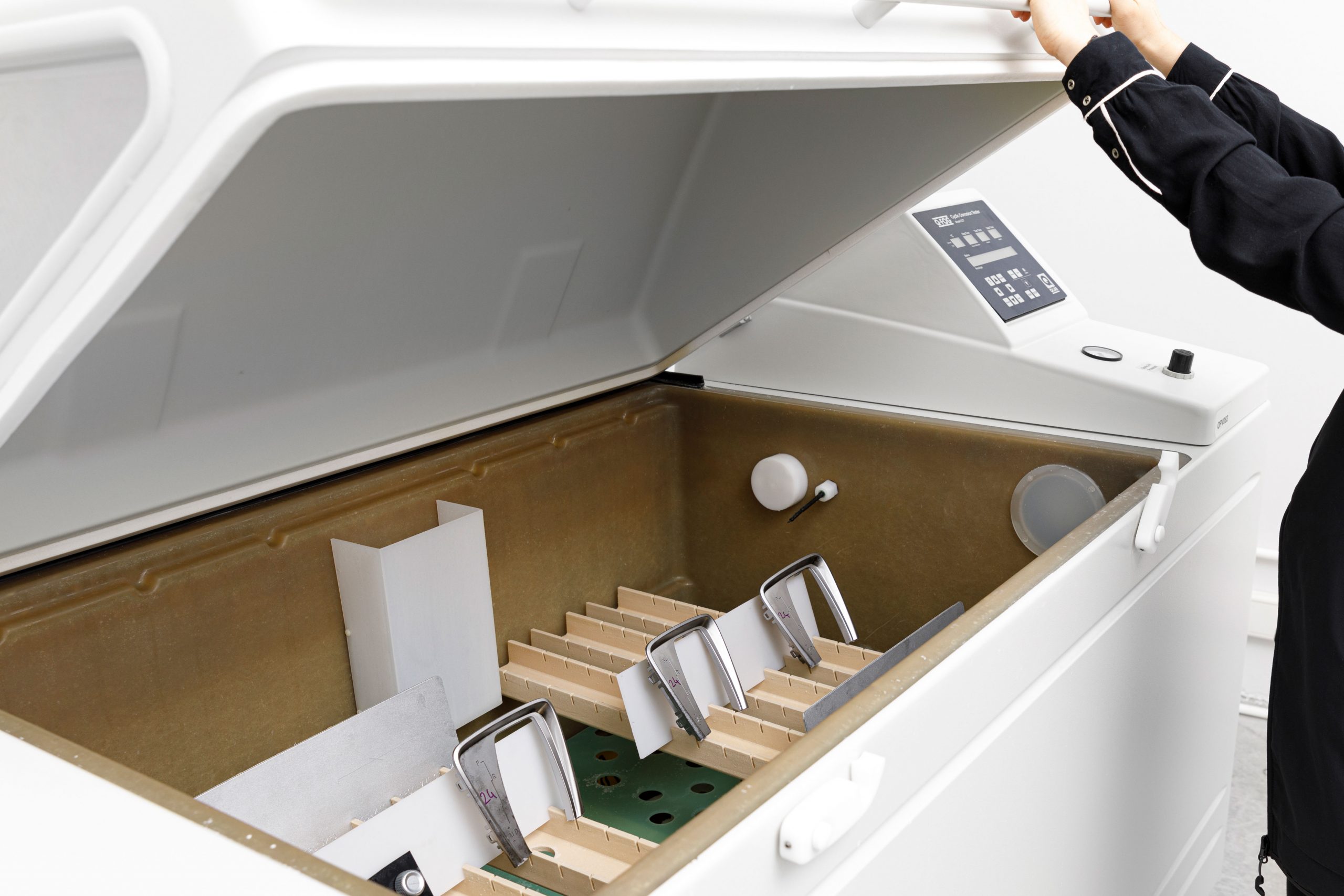
Corrosion or visible defects caused by continuous spraying of saline solution at a constant temperature and concentration on the surfaces of metallic and / or painted, coated materials are examined.
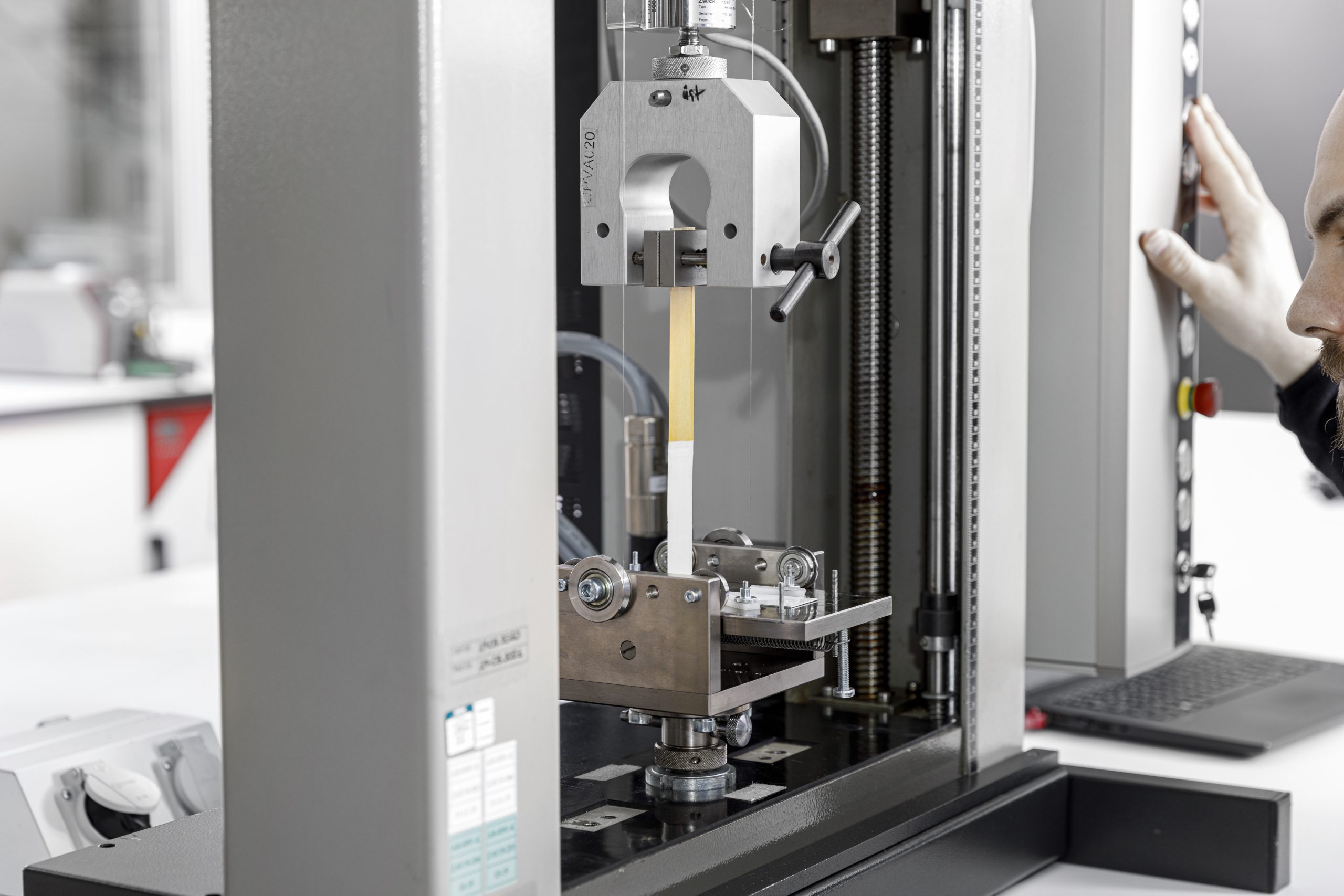
Tests such as tensile, compression, peeling and permanent deformation are performed to determine the behaviour of materials used in the production of vehicle interior and exterior parts under force.
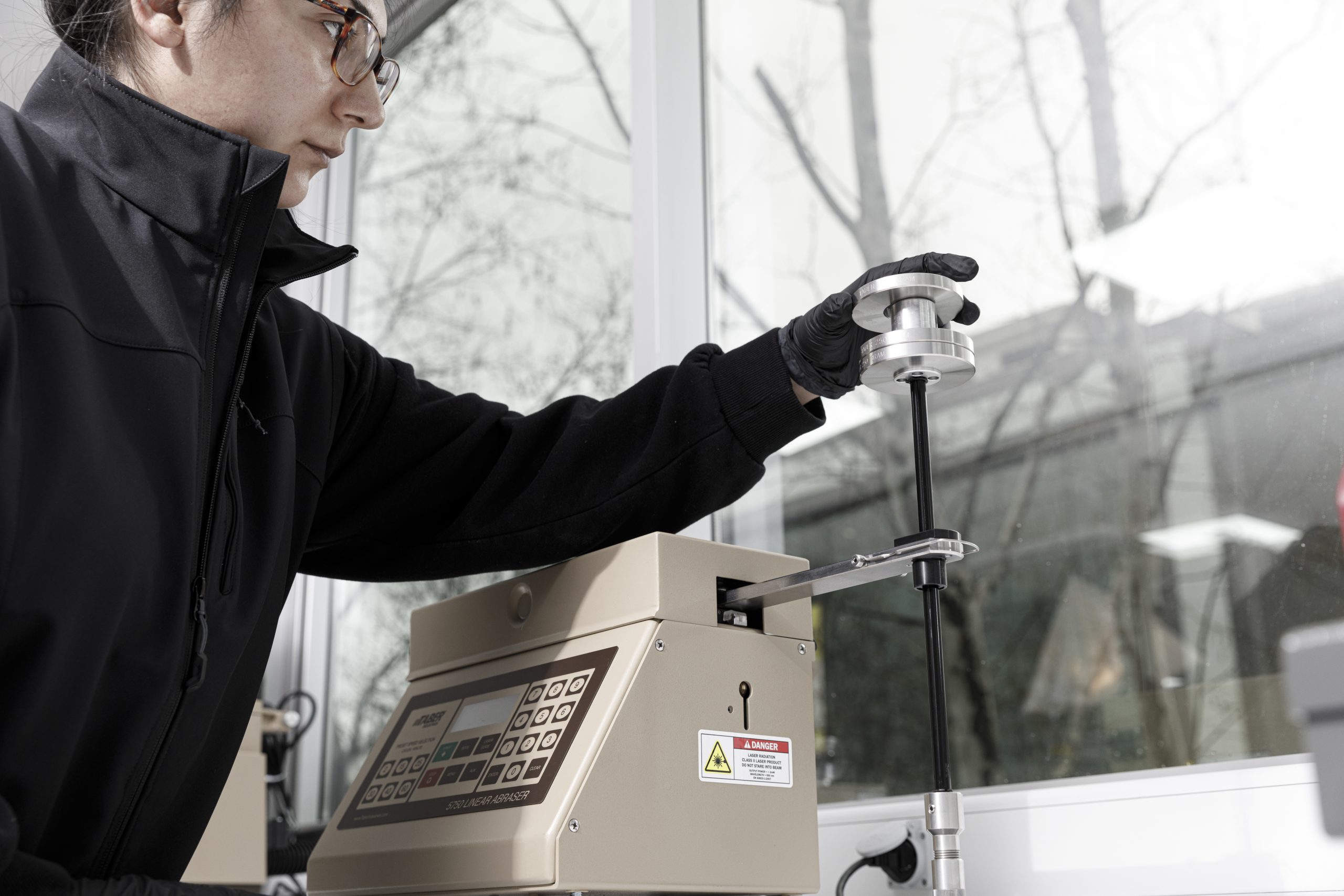
The characteristics of painted, decorative and coated parts used inside or outside the vehicle, such as abrasion resistance with the help of a mechanical abrasive device, or scratch resistance, paint performance using a cutting hand tool are determined.
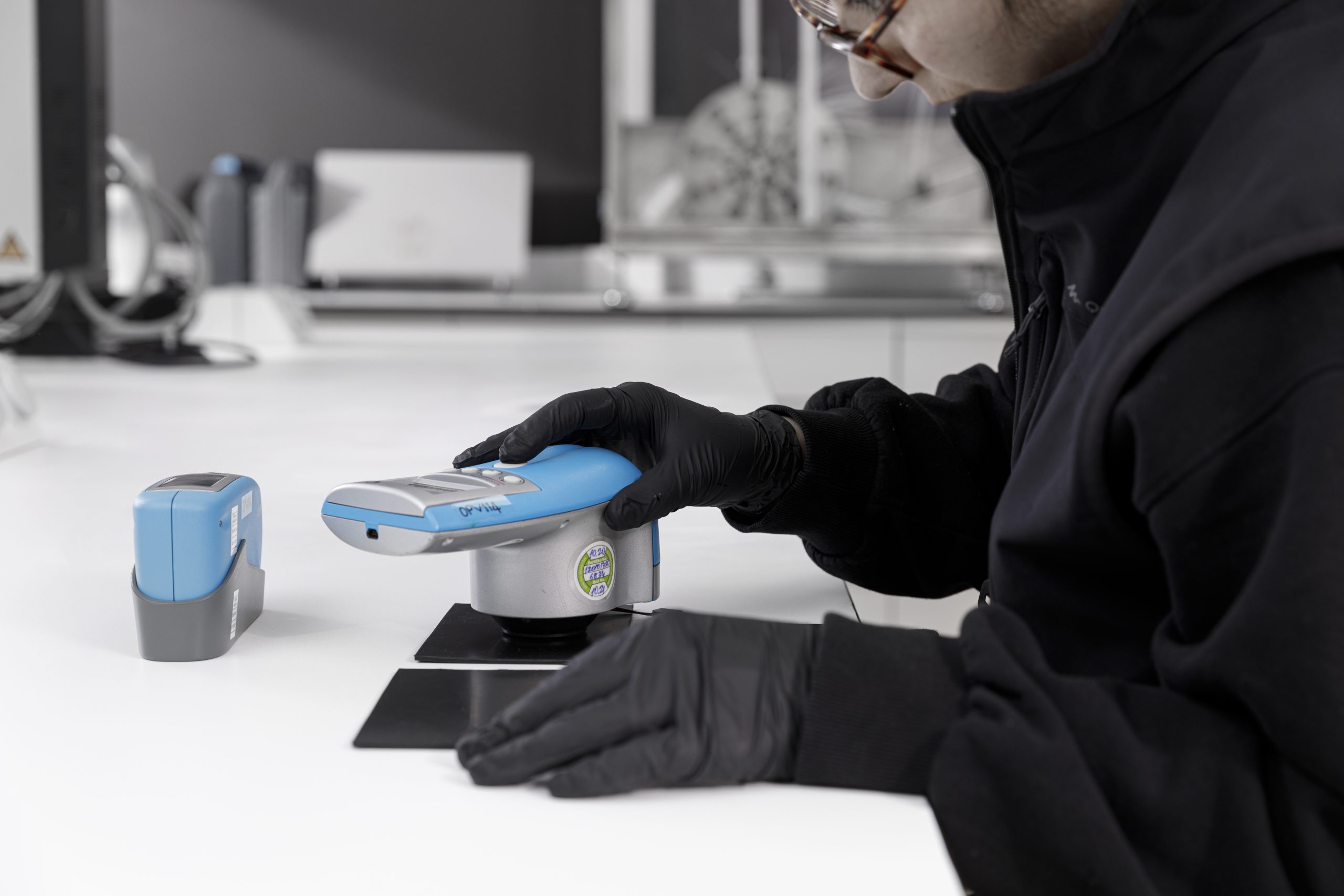
Instrumental measurements are made to determine the color and gloss of parts that are visible inside and outside the vehicle.
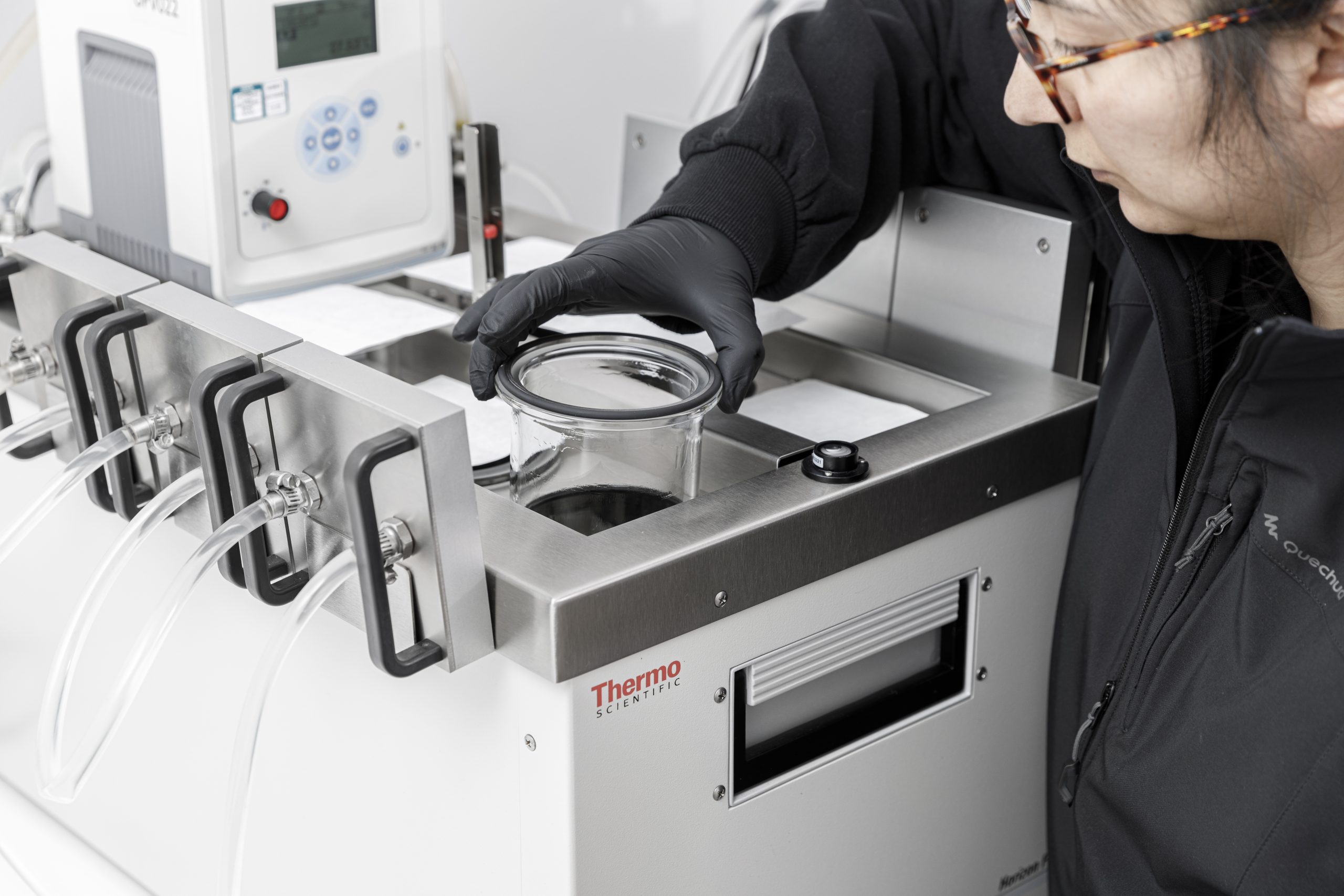
The tendency of interior materials used in vehicles to form a slight fog on a glass plate by exposing them to heat and cold at the same time is determined and effects such as changes in gloss, mass and haze are observed.
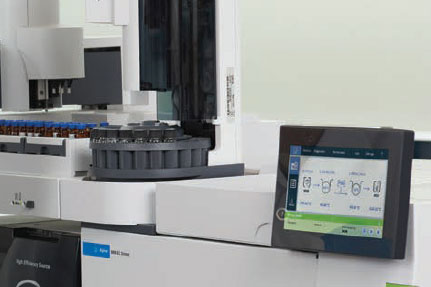
Chemicals harmful to health are determined by analyzing the type and amount of volatile organic substances (VOC, FOG, SVOC) released from non-metallic materials inside the vehicle.
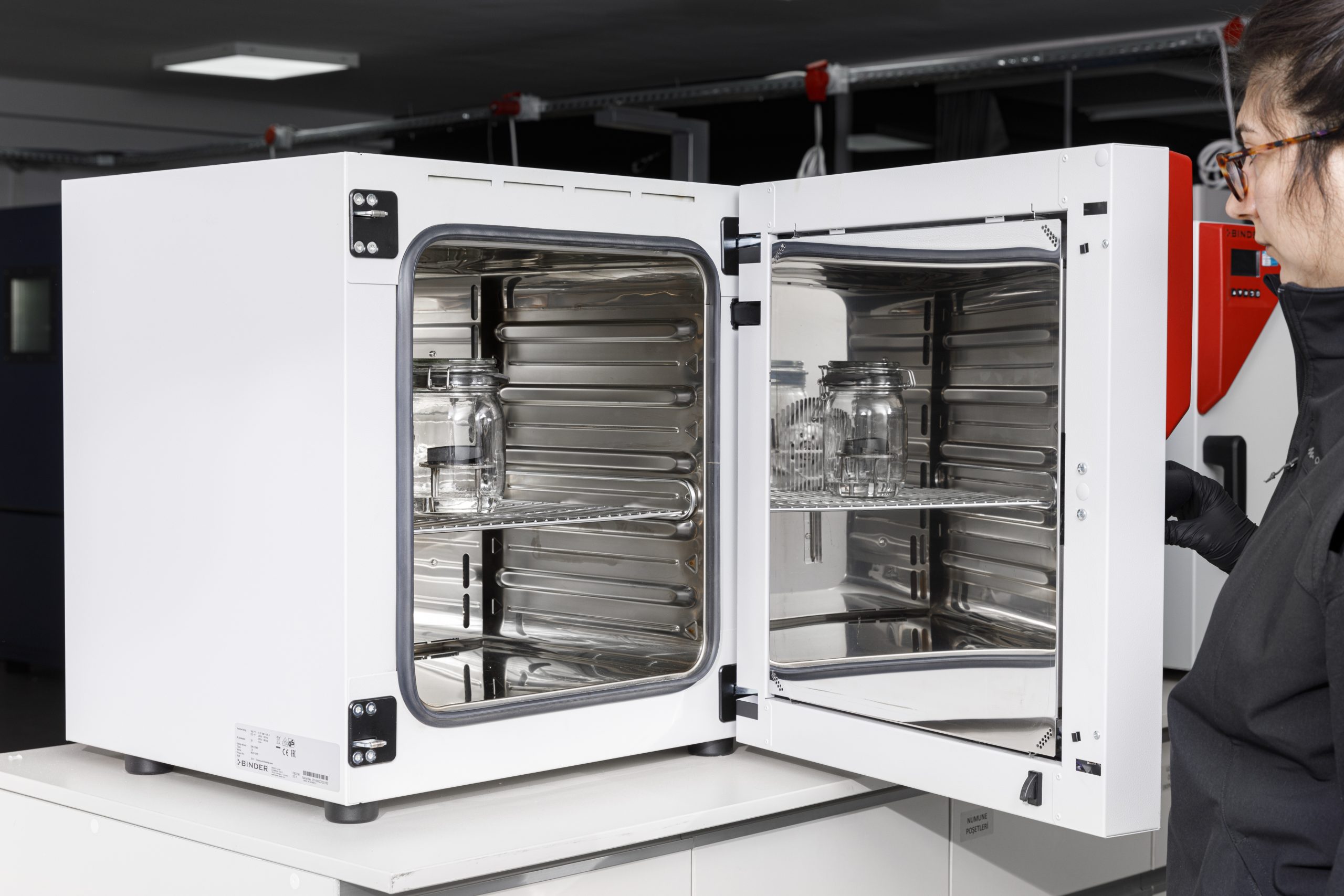
The odor profiles emitted from the parts exposed to the air flow in the passenger compartment of the vehicles with the effect of temperature and climatic conditions are defined and the odor density is evaluated.
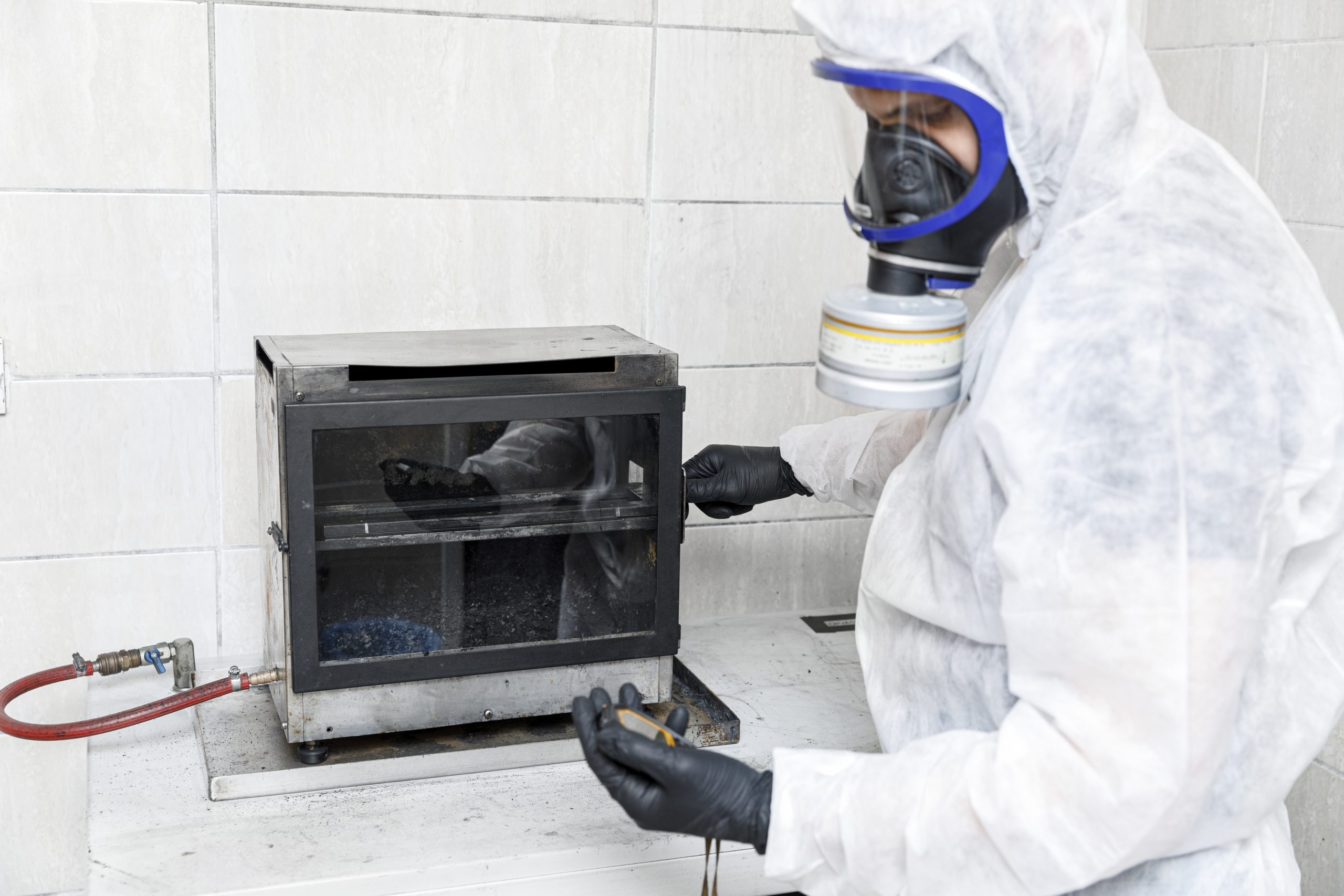
Various tests are carried out to determine the behavior of parts used in the passenger compartment and engine compartment of the vehicles against combustion.
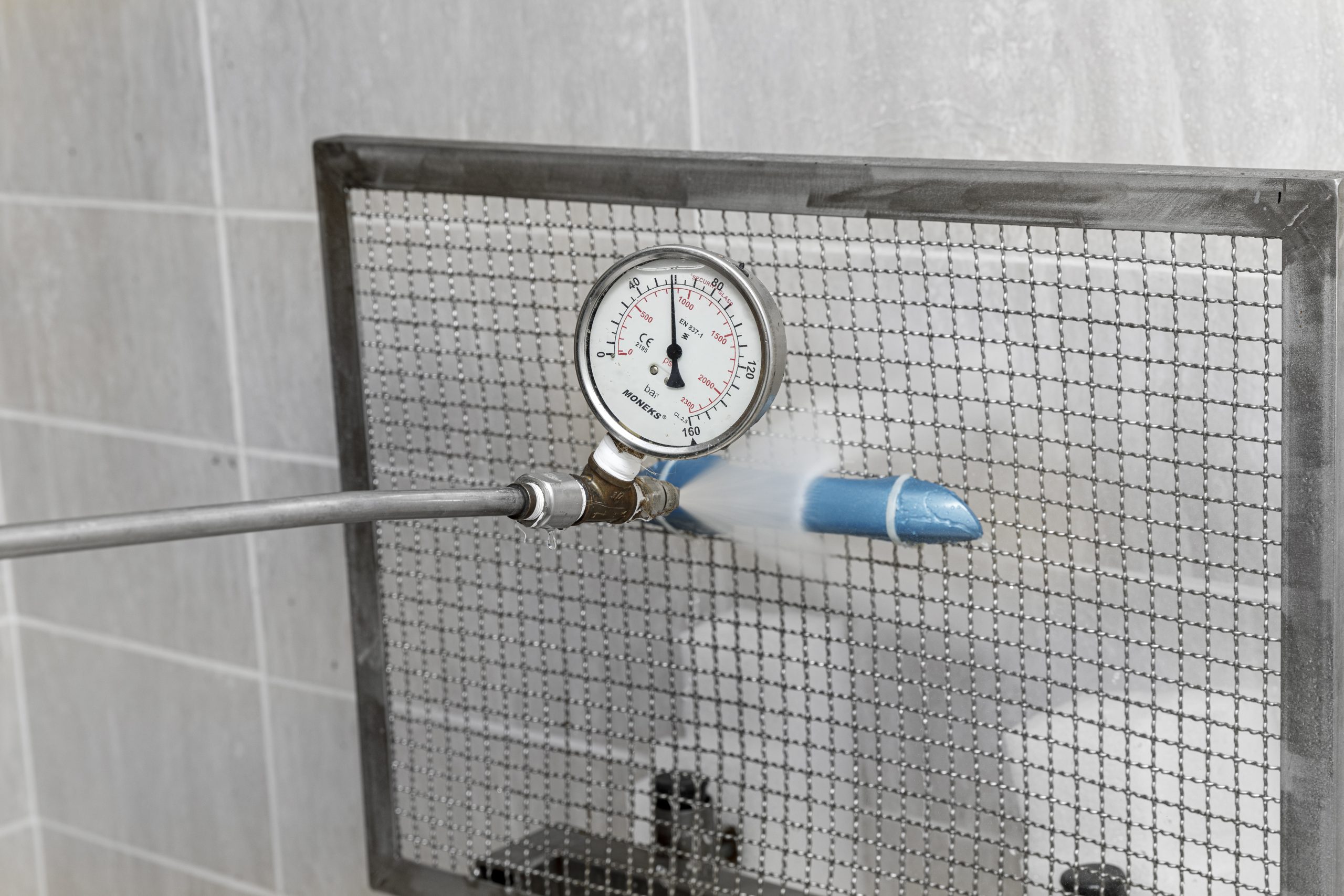
Various tests are carried out under different pressure, temperature and flow conditions in order to simulate the effects that exterior parts will be exposed to during vehicle washing.
